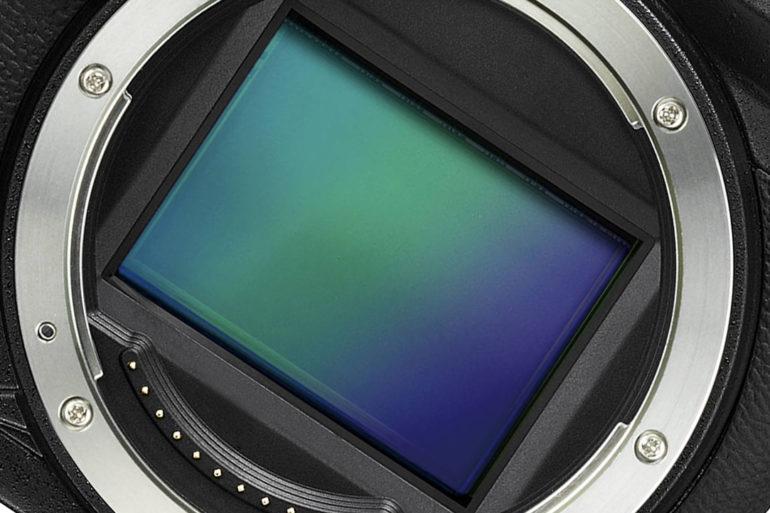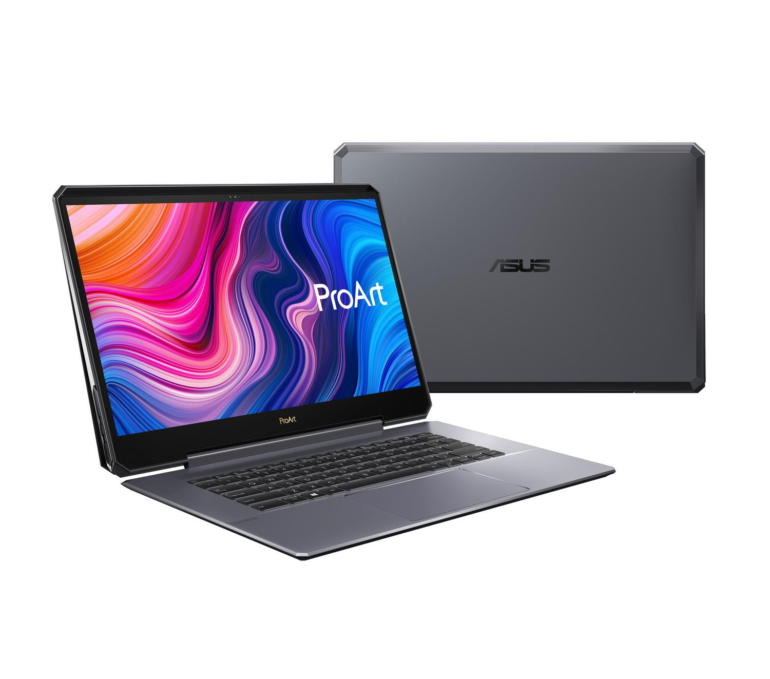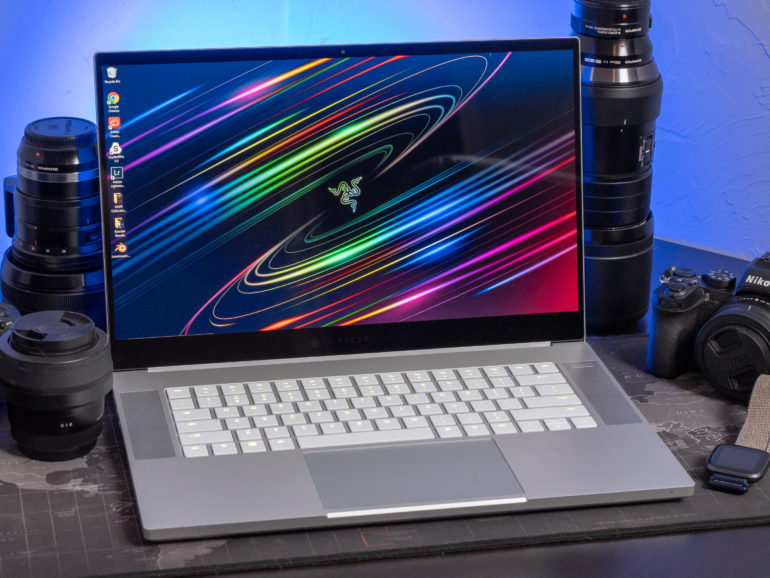The Asus ProArt StudioBook One has been born to handle your 8K video and high-resolution images, but is it worth it?
The photography world is evolving at a blistering pace. It wasn’t too long ago that 24MP camera sensors were considered the cream of the crop, and 1080P video was king, but, in a few short years, we have seen a jump to 61MP and even 100MP sensors in consumer cameras, and video capabilities jumping up to 8K. While this is all well and good, the equipment required to comfortably process images and video at these resolutions has needed to improve too. The new ASUS ProArt StudioBook One will be able to handle everything you throw at it, but it’s $10,000! After the break, we will take a look at what your money will get you, and we will talk about if our desires for more resolution is worth it.
The new ASUS ProArt StudioBook One is the company’s most powerful laptop to date, and according to ASUS, it will handle modern processing needs with ease. Honestly, it should be able to handle modern processing seeing that this laptop costs an eye-watering $9,999.99! The computer, which costs as much as a new subcompact car, has plenty of power under the hood, but is it a sign that we as creators are just demanding too much? Will our thirst for more resolution cripple us financially? I’m not sure that many people who want to process 8K video efficiently can just drop ten grand on a laptop. Let’s take a look at the specs.

So, for $9,999.99, you’re going to get a 15.6-inch 4K UHD PANTONE validated display, which boasts a 120 Hz refresh rate and edge-to-edge glass that has no bezels. According to ASUS, it’s 84% screen-to-body ratio provides immersive visuals according to their claims. They also state that the wide 100% Adobe RGB color gamut and Delta E value of less than 1.0 ensure exceptional color reproduction and accuracy. Powering the display is a 24GB Quadro 6000 RTX GPU, which provides more CUDA, RT, and Tensor cores to enable real‑time viewing of environmental shading and light effects (Ray Tracing). The GPU offers ultrafast rendering of animations, effortless video editing, and efficient data‑crunching. The GPU is paired up with 64GB of RAM, an 8-core Intel i9-9980HK 2.4 GHz CPU, with a Turbo Boost (up to 5.0 GHz) and 16 MB SmartCache. 1TB of storage space is provided along with three Thunderbolt USB-C ports and a display port.

The ASUS ProArt StudioBook One sure sounds fantastic, and I don’t doubt that it will absolutely crush 8K video and any RAW file that you can throw at it, but it’s $10,000! Let that sink in. $10,000 for a laptop. Has the world gone mad? Is this where our thirst for more pixels, more resolution, more everything has led us? The prices of laptops that can handle large RAW and video files from modern cameras are spiraling out of control.
Look, we get that the Asus ProArt StudioBook One is designed for those who work in ultra-professional settings and that this is not a computer for the average Joe who just took pictures of his kids in the park. However, even $10,000 is a stretch for even most hardened professionals. That Canon EOS R5 you just picked up, can your current computer render the 8K video from it without catching on fire? Can your computer handle the 4K video from the new Sony a7s III without you having to wait tens of hours for it to render? How about those images from the 61MP Sony a7r IV? Lots of modern computers begin to struggle with those RAW files.

Having cameras with these capabilities is nice, but we need to start thinking about what it takes to process these files and the extra expense that they bring. Photography is expensive enough as it is without having to worry about buying a $10,000 laptop to handle data efficiently. And don’t even get me started on how much power these laptops consume. This one I reviewed was so hot when under load that you couldn’t even touch it. What do you think about the rising costs of gear? At what point do we say enough is enough, we don’t need more resolution for the sake of our wallets? Let us know in the comment section below?


